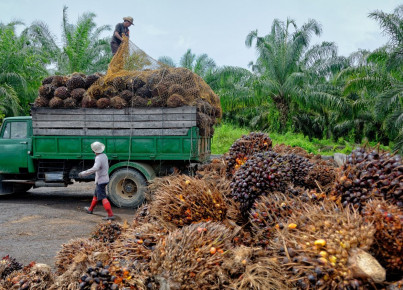By Carola Frattini
Work is the fuel of an economy and therefore it is important to have a picture of the labour market in ASEAN countries to understand its development and possible future scenarios.
Work is of vital importance in a state, and therefore it is at the heart of the Italian constitution. In particular, the labour market affects the economy of a country since it is the place where workers and employees interact with each other. A faster and stronger economic growth is fostered by a healthy labour market. A strong labour market also involves higher employment rates, higher wages and lower social inequalities between individuals. In addition, data on the labour market are also important for entrepreneurs who want to open a business in the country of interest and for investors who want to invest in local companies.
More than half of the world’s workforce is located in Asian countries and, in particular, 10% in Southeast Asia. Employment rate, unemployment rate and the labour force participation rate are fundamental statistics to understand the labour market of a country. Looking at the unemployment rate of the ASEAN countries over the last decade, it is possible to see that some of them experienced the lowest rates in the world. In general, in the period from 2006 to 2020 the unemployment rate has remained higher in Europe than in the ASEAN countries. This trend seems to continue since, according to data collected from the Italian Ministry of Foreign Affairs, the unemployment rate of ASEAN 2021 is 3.2% while the European rate is 7.3%. In addition, with a range between 67.5% and 84.4% Cambodia, Thailand and Vietnam have the highest participation rate in the workforce among ASEAN countries.
Many ASEAN countries, before Covid-19, showed promising signs of labour market development. For example, the Philippines, one of the three largest economies of Southeast Asia, was experiencing a period of expansion, accompanied by an increase in wages and a decrease in people engaged in "informal work". As a matter of fact, one of the problems of the Philippines' labour market has always been informal work, an employment relationship in which workers' rights are not respected. Unfortunately, Covid-19 has stopped and perhaps reversed these encouraging trends leading to a rise in the number of people involved in informal work but above all to an increase in the unemployment rate.
Although not all ASEAN member countries have yet published official and complete data on unemployment in 2020, it is irrefutable that some Southeast Asian countries experienced a strong increase in the unemployment rate according to a study by the "Asia-Europe Institute". However, an increase in the unemployment rate may have long-term effects. When an economy is hit by such a negative shock (one example can indeed be Covid-19 and its consequences) hysteresis of unemployment can result. Hysteresis of unemployment consists of a prolonged period of high unemployment due to an increase in the number of people in long term unemployment. This is a serious problem because people in long-term unemployed lose basic skills over the years and therefore it will be more difficult for them to be recruited and return to work. AS a consequence, reducing the unemployment rate will be a much more difficult task.
The labour market of ASEAN countries is also experiencing a relocation of jobs in different sectors due to Covid-19. During the pandemic, the tourism sector and all those sectors relying on interpersonal contact were the most affected and are also the ones that are now struggling to recover. The sectors which are catching up faster are those which require workers to have specific skills. This can become a problem for the matching efficiency of supply and demand in the labour market. Since the unemployment rate has risen, more workers are looking for a job, but they do not always have the required skills. This may lead to the persistence of long-term unemployment since workers are not qualified for the available positions.
Despite these potential problems, the International Labour Organisation seems to believe that the labour market of ASEAN’s member countries is already recovering, showing that Covid-19 has only slowed down and has not stopped its development.
Per ulteriori informazioni sul mondo del lavoro nei paesi ASEAN






